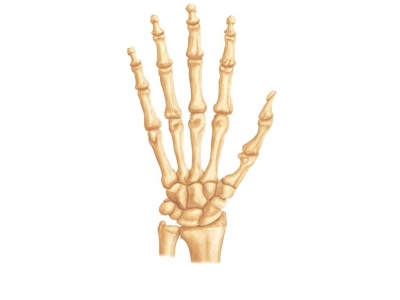
Because humans walk upright on two feet, it leaves our hands free to take on other tasks. Human hands are incredibly versatile tools, able to perform a huge range of movements.
The hand’s adaptability is made possible by the combination of a framework of small, flexible bones, including long finger bones and a highly moveable thumb. This structure is overlain with an intricate network of muscles and tendons, which move the bones.
Hand function has great significance for occupational performance. The greater the difficulties with hand function, the greater the impairment in skills that allow for independence and participation in academic and social activities.
The human arm, supported and controlled by a large number of muscles, together with the elbow and wrist joints, gives freedom to a hand that has become the willing servant of the human intellect. The hands are, as Kant is reported to have said, “Man’s outer brain.”
Picture Credit : Google




